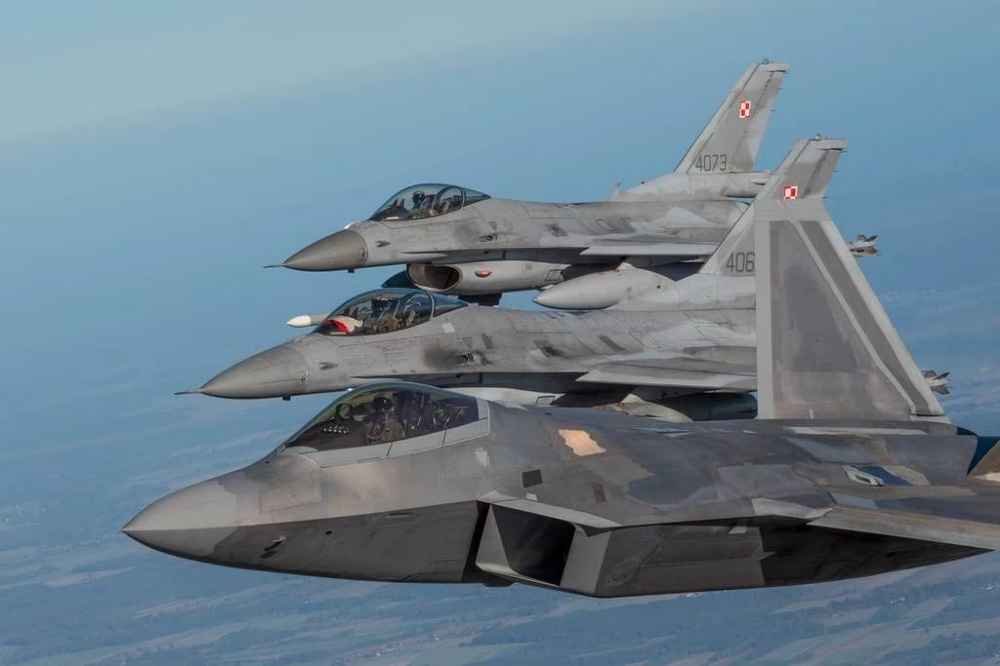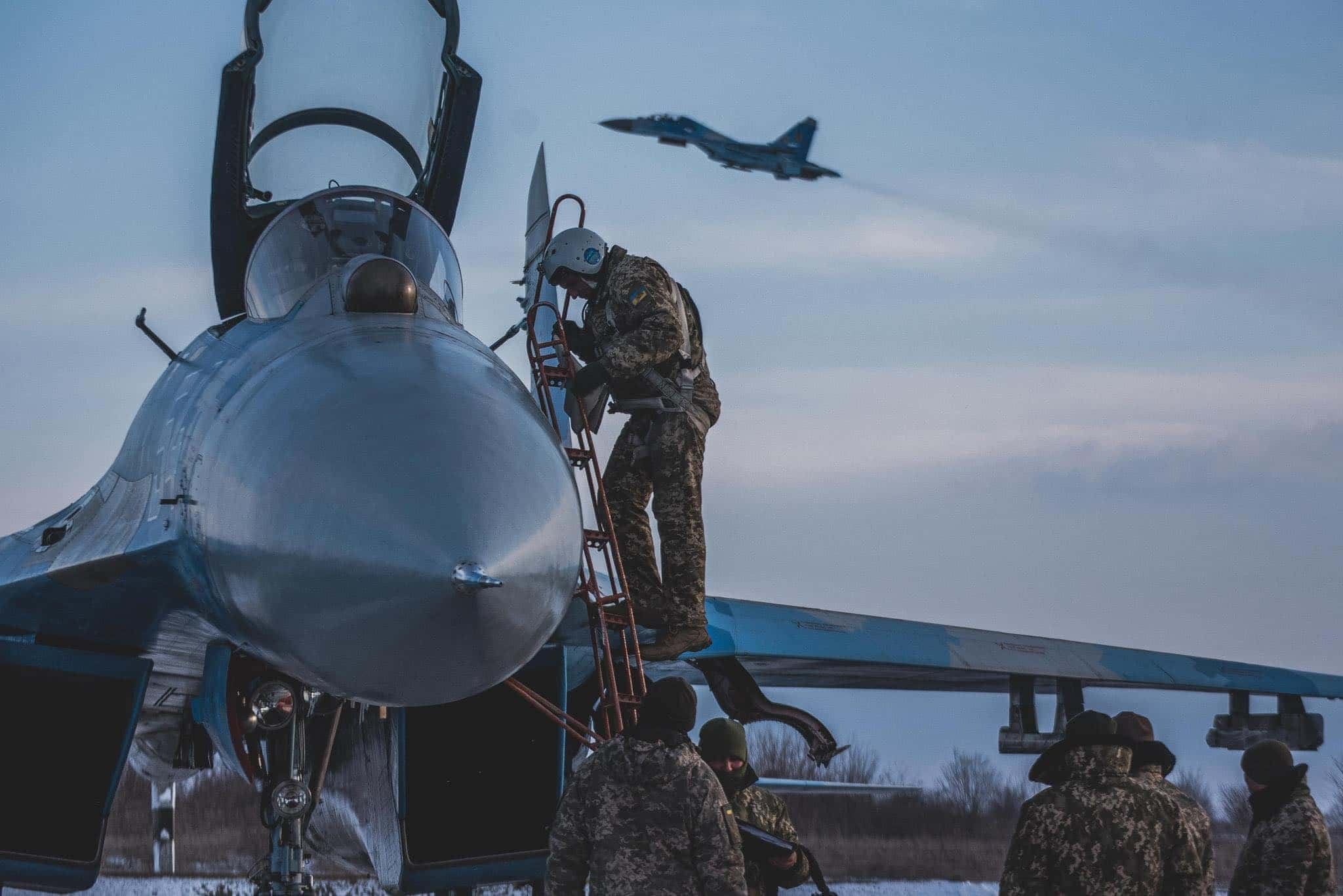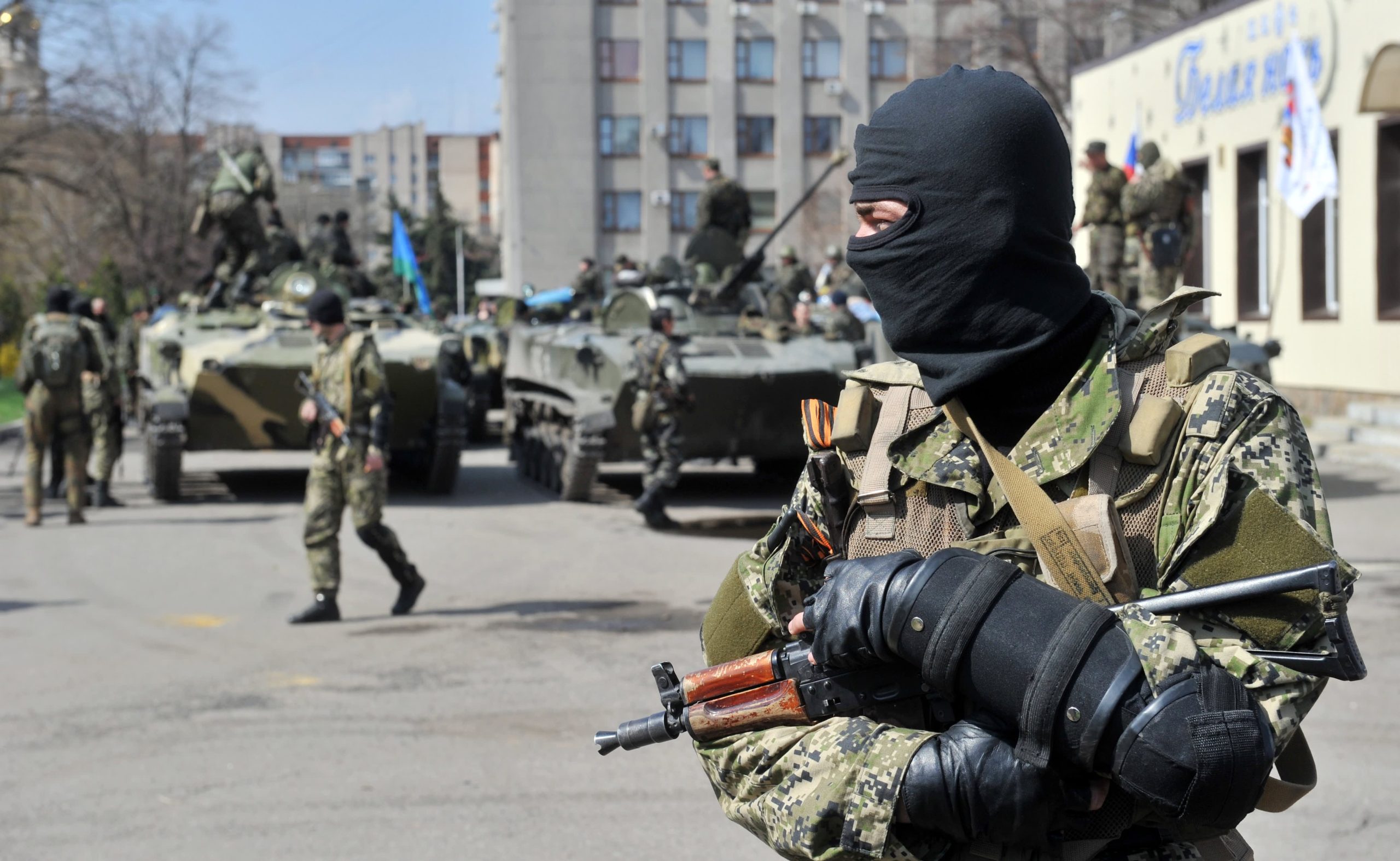Ukraine‘s air force continues to operate effectively in the face of persistent Russian assaults, setting a noteworthy example for military strategists worldwide.

The key to Ukraine’s resilience lies in its ability to disperse aircraft and maintain operational readiness, a strategy that has caught the attention of the U.S. Air Force in Ukraine
For over a year and a half, despite facing a formidable and better-equipped Russian military, Ukraine’s air force remains intact and capable of launching aerial assaults on Russian forces. The Ukrainian Air Force has adeptly evaded Russian aircraft, missiles, and drones, emphasizing the need for the U.S. Air Force in Ukraine to develop similar capabilities.
The U.S. Air Force in Ukraine has been focusing on agile combat employment (ACE), a concept initially designed with the Pacific region in mind but now gaining prominence due to events in Ukraine. Gen. James Hecker, commander of U.S. Air Forces Europe, highlighted the necessity of adapting to Ukraine’s successful tactics during a Defense Writers Group event.
“We see how they’re doing it and what’s being effective for them by moving their airplanes around against the threat that we would most likely face,” Gen. Hecker stated. He stressed the importance of the U.S. Air Force in Ukraine matching the proficiency displayed by Ukrainian counterparts in dispersing aircraft and resources.
ACE ranks among Gen. Hecker’s top priorities as part of the Air Force’s commitment to resilient basing
The strategy involves swift deployments to less developed bases, on-the-fly refueling and rearming, and maximizing efficiency with fewer personnel. Recent exercises, such as Astral Knight 23 Part 6, underscore the U.S. Air Force’s dedication to ACE, with units from across Europe converging on bases in Finland and Lithuania to enhance interoperability and logistical procedures.
U.S. Air Force’s push for ACE stems from the growing threat of precision weapons, which could jeopardize centralized bases. Gen. Hecker acknowledged that dispersing aircraft across various airfields and even highways, akin to Finnish and Swedish practices, is now essential to counter adversaries armed with highly accurate weaponry.
The U.S. Air Force in Ukraine’s commitment to strengthening its European presence, particularly in the face of potential Russian aggression, is evident through increased funding and infrastructure improvements under the European Deterrence Initiative (EDI). Gen. Hecker’s command plans to focus on enhancing approximately 20 to 25 strategically located bases in Europe, aiming to restore the interoperability and capabilities that have diminished since the Cold War.
In summary, Ukraine’s air force’s success in maintaining operational effectiveness amid ongoing Russian attacks has spurred the U.S. Air Force in Ukraine to prioritize agile combat employment and resilient basing as essential components of modern military strategy.
READ ALSO: Student Loan Payment Reduction Plan Unveiled: A Game Changer For Borrowers




